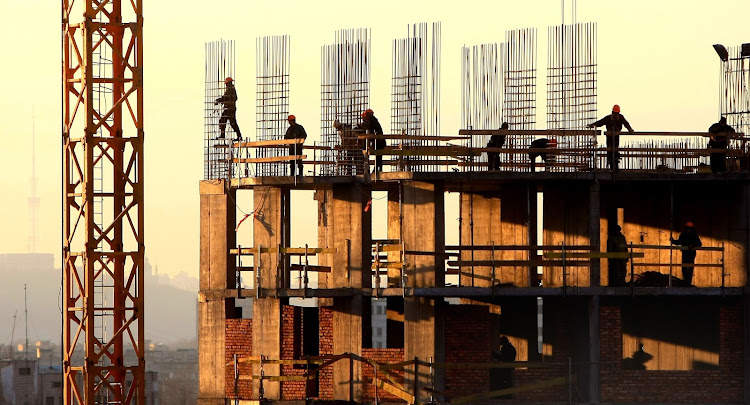Call in the plumber before the stink sets in

The Economic Recovery & Reconstruction Plan is an infrastructure-led economic growth strategy focusing on network industries, which covers energy, rail, roads, ports and telecommunications.
At times there is a misconception that this infrastructure investment must be new, so-called greenfield investment, for it to stimulate economic growth. A look at other regions demonstrates that brownfield investment — investment in maintenance of existing infrastructure — is just as important as greenfield investment.
Travelling in Brussels for the Formula One Grand Prix two weeks ago (disappointingly Lewis Hamilton crashed out in the first lap), I was reminded of observations I made years ago travelling across Europe. Most of the European transport infrastructure that makes it a joy to traverse the continent is not new. It is many decades old but well maintained, reliable, safe and efficient.
From the airport one generally hops on the train — not one made for the elite like the Gautrain, but one that is affordable to a broad public. After getting off the train one does not have to wait hours before public buses show up for different destinations. Often, along the same roads run trams, and one can jump in and out at different points across the city. Then there are private taxis in addition to public transport for those who want to pay for the added convenience of being dropped at their door.
In Europe one can live one’s entire life without needing to own a car, something that is almost impossible in SA if you need to be mobile. Young auditing professionals would attest to the fact that travelling to and from work and to clients, some in far-flung places, can be a hellish experience in their early careers when they earn too little to own a car.
In fact, not just auditors but most young professionals who hail from the townships go through this, having to take two or three taxis to meet their bosses who live 10 minutes from work at 6.30am. Worse, they bear the risk of being robbed of company laptops and phones at taxi ranks, something that is not a concern in the European public transport system, where safety and security are almost guaranteed.
Outside the transport networks, most buildings are also decades old but are well maintained. Some are tourist attractions because of their historical value. In SA we have ghost towns, abandoned and hijacked buildings, shacks on what used to be commuter railway tracks, and dilapidated train stations now harbouring drug abusers and thugs.
This is the result of the failure to invest in maintenance, or to upgrade and protect existing infrastructure. It is not the result of a lack of new investment, which is required to extend the current networks to areas that previously had none.
Another observation I made was that in Europe there is mutual trust and collective responsibility across the citizenry to observe basic laws that maintain order. Cars do not drive over bicycle lanes or walkways, people do not cross roads at undesignated areas, nor do they throw trash out of the windows of moving cars. And the police are visible. This is in part why so many SA travellers fly to Europe as tourists instead of visiting areas in their country.
While talking about an infrastructure-led recovery we must not just look for brand new cities and bullet trains. In addition to new investment we must invest in the maintenance and upgrading of old infrastructure so that it is functional, safe, efficient, reliable and affordable for ordinary citizens. There is no point investing billions of rand in infrastructure, old and new, if there is no security to safeguard it from vandalism.
Old infrastructure is like plumbing. If taken care of regularly no-one notices its value, but when it breaks down due to lack of maintenance, the whole place stinks.
